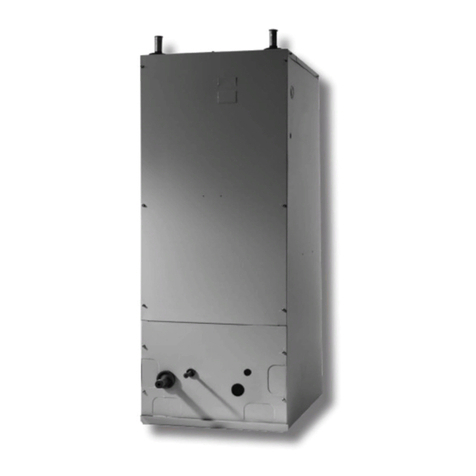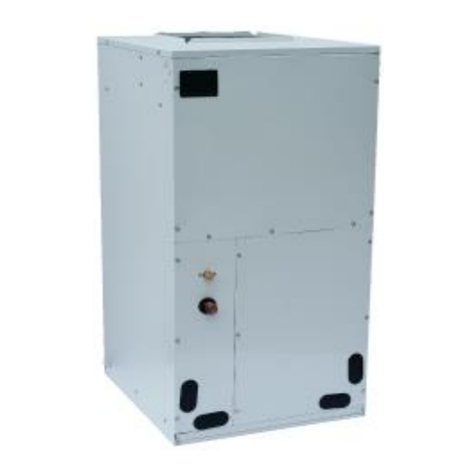Lennox Elite CBX32M-024 User manual
Other Lennox Air Handler manuals
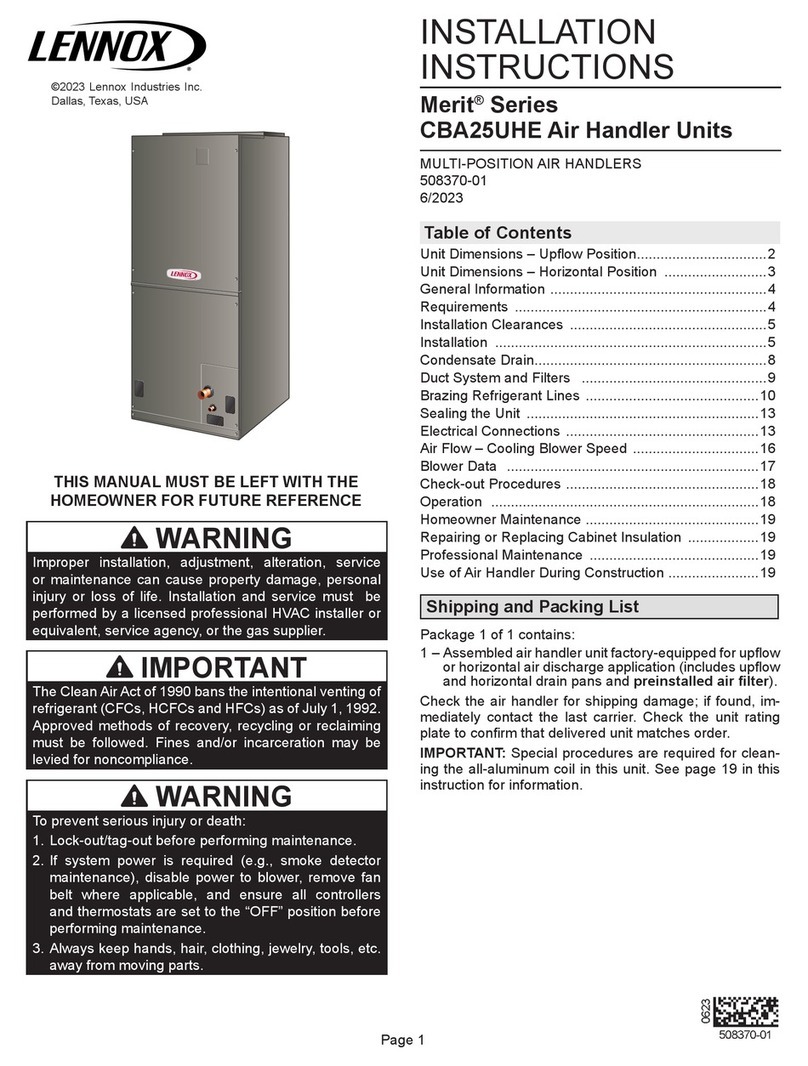
Lennox
Lennox Merit CBA25UHE User manual

Lennox
Lennox ELA Series Installation and operation manual

Lennox
Lennox LNINVE052 User manual

Lennox
Lennox ACBX32CM User manual
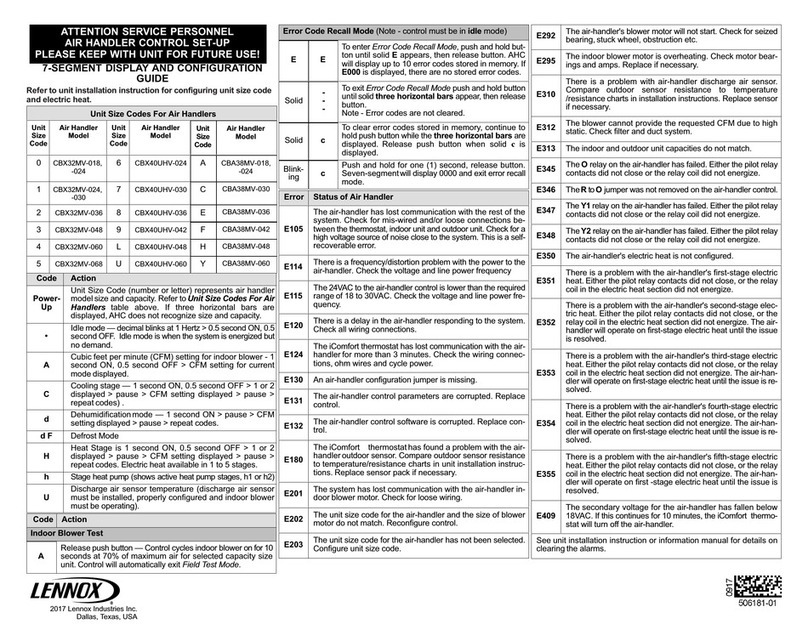
Lennox
Lennox CBX32MV-036 User manual
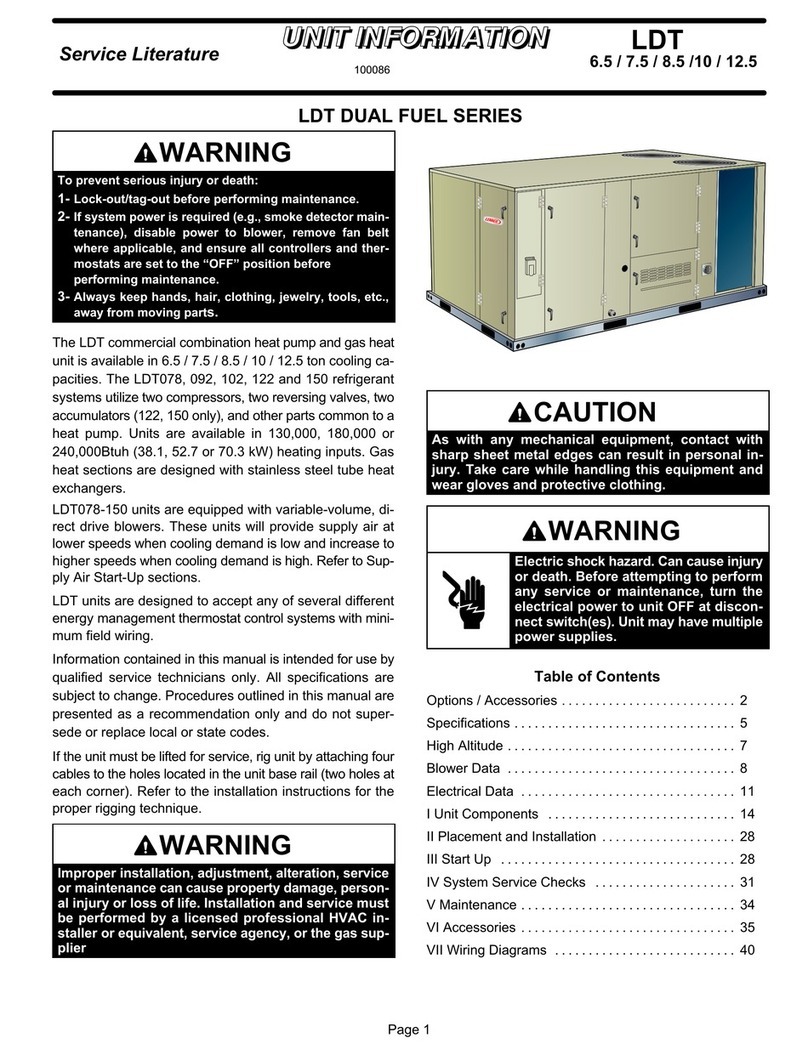
Lennox
Lennox LDT Series Owner's manual
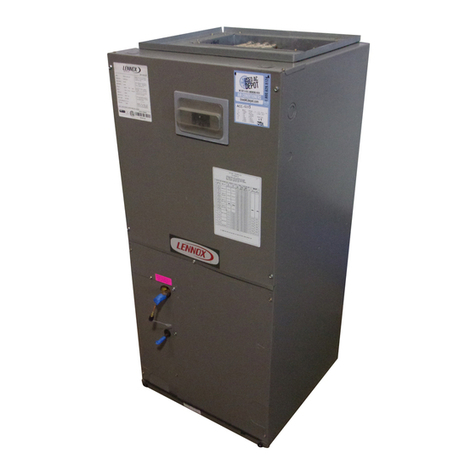
Lennox
Lennox CBX25UH Series User manual

Lennox
Lennox O23V Series User manual

Lennox
Lennox MWCB Series User manual
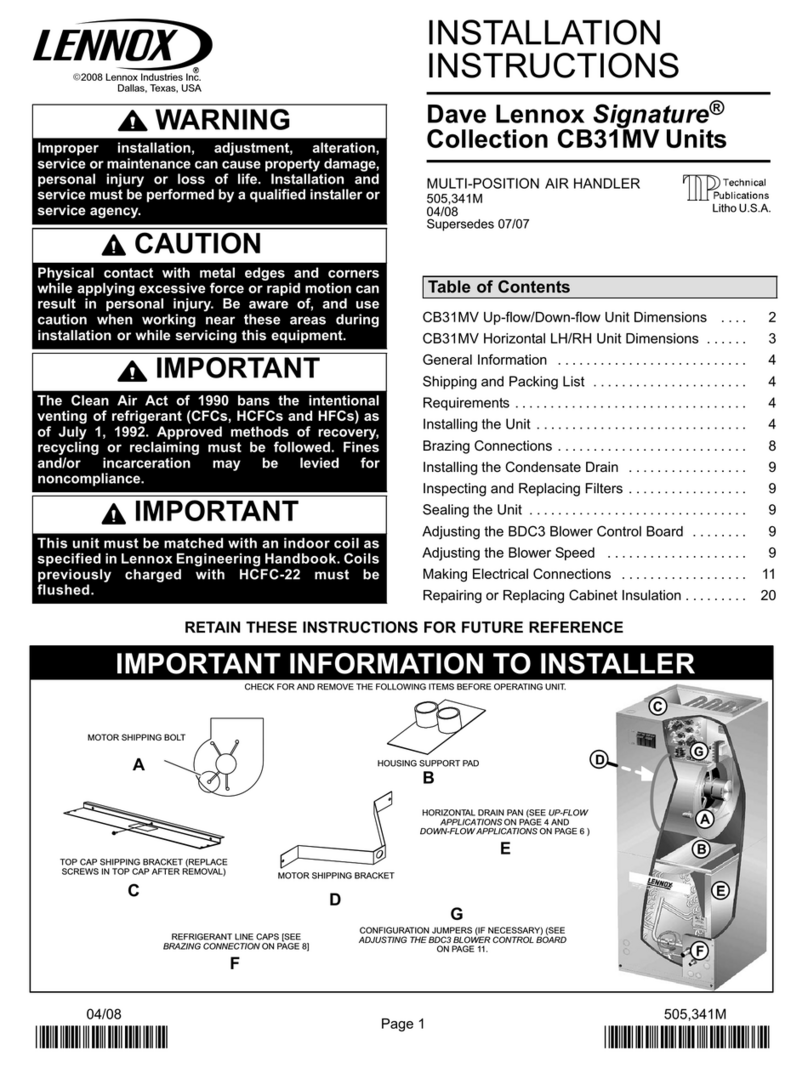
Lennox
Lennox Signature CB31MV User manual
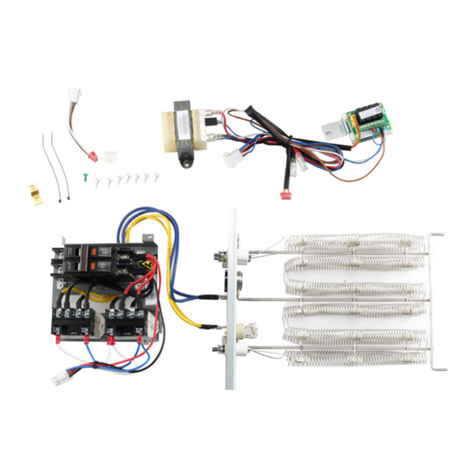
Lennox
Lennox V8EH0050P-1P User manual
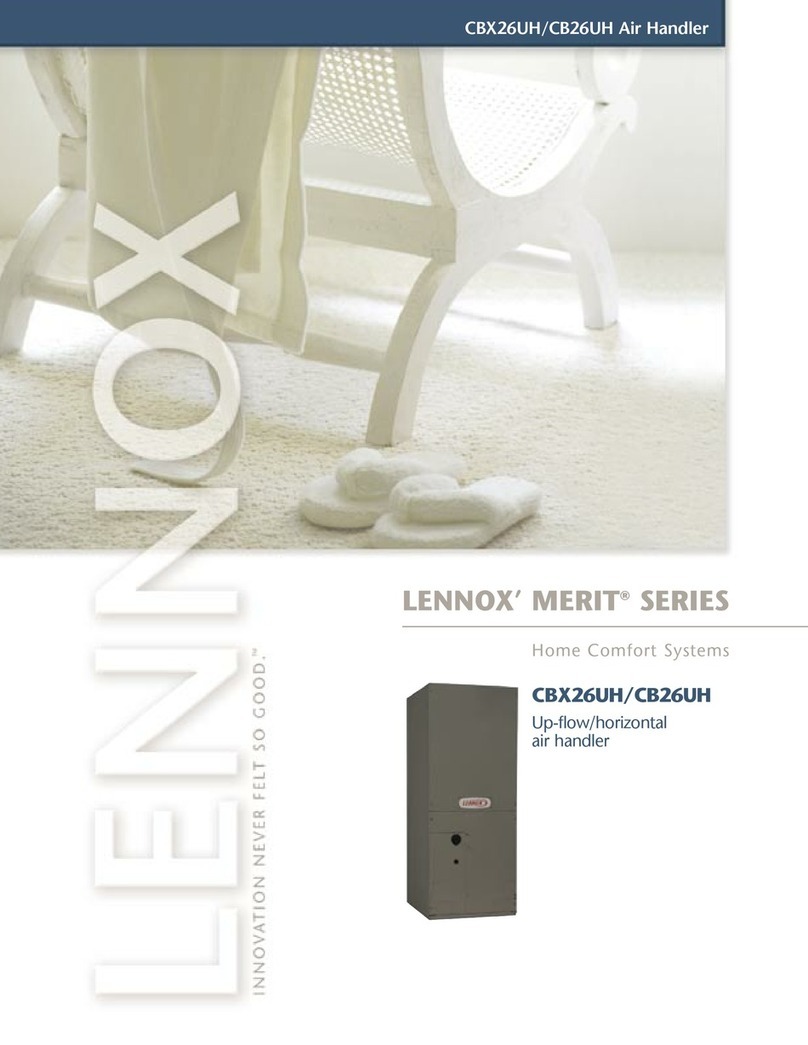
Lennox
Lennox Air Handler CB26UH User manual
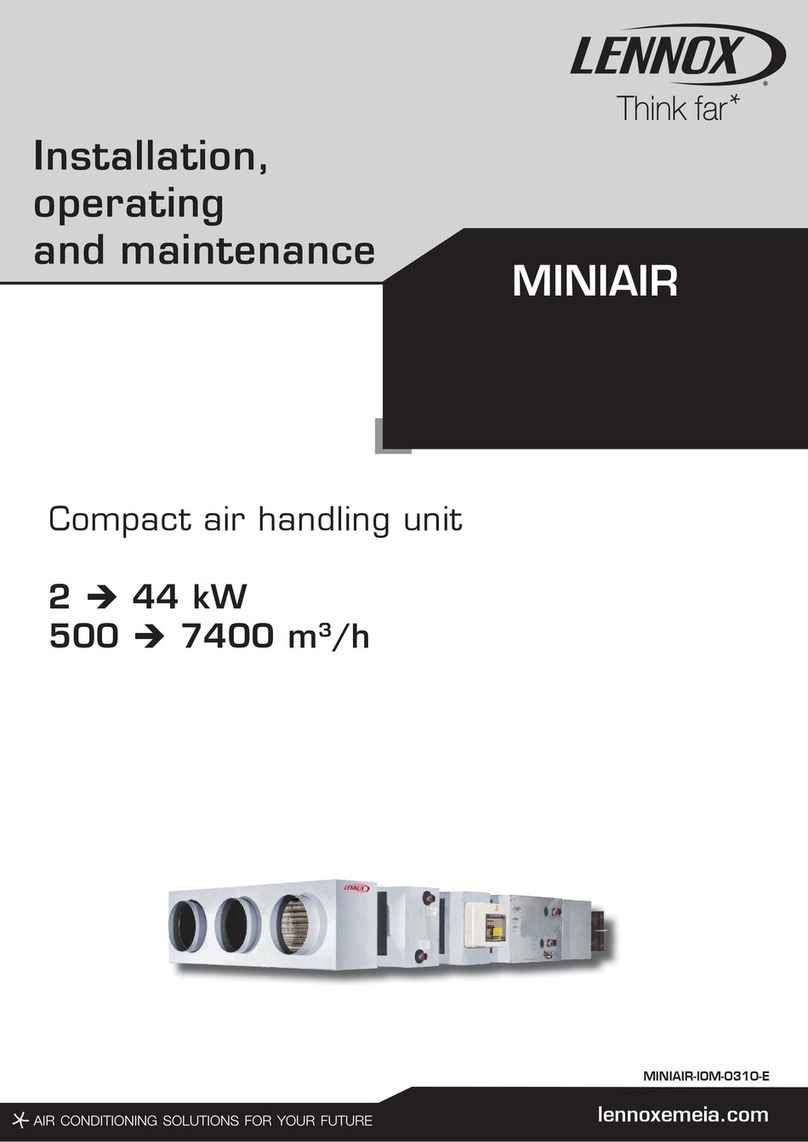
Lennox
Lennox MINIAIR User manual
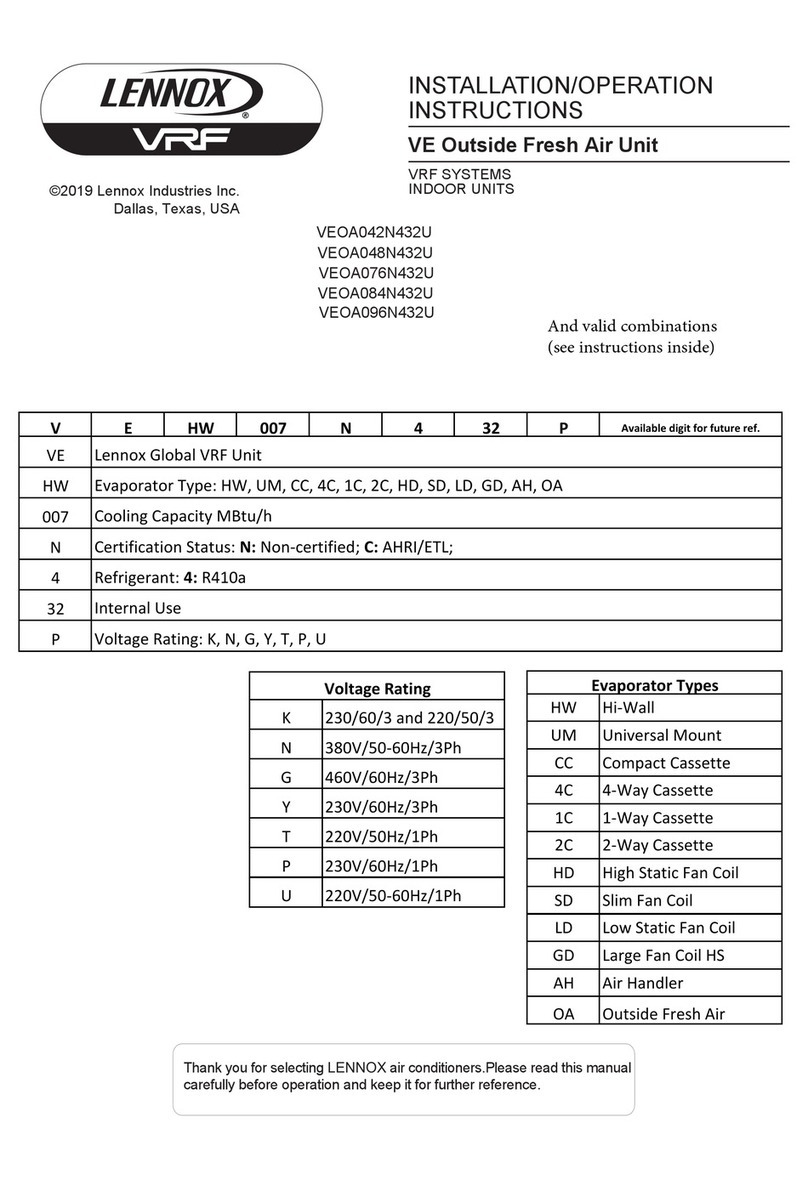
Lennox
Lennox VEOA042N432U Installation instructions

Lennox
Lennox 13ACC Series User manual
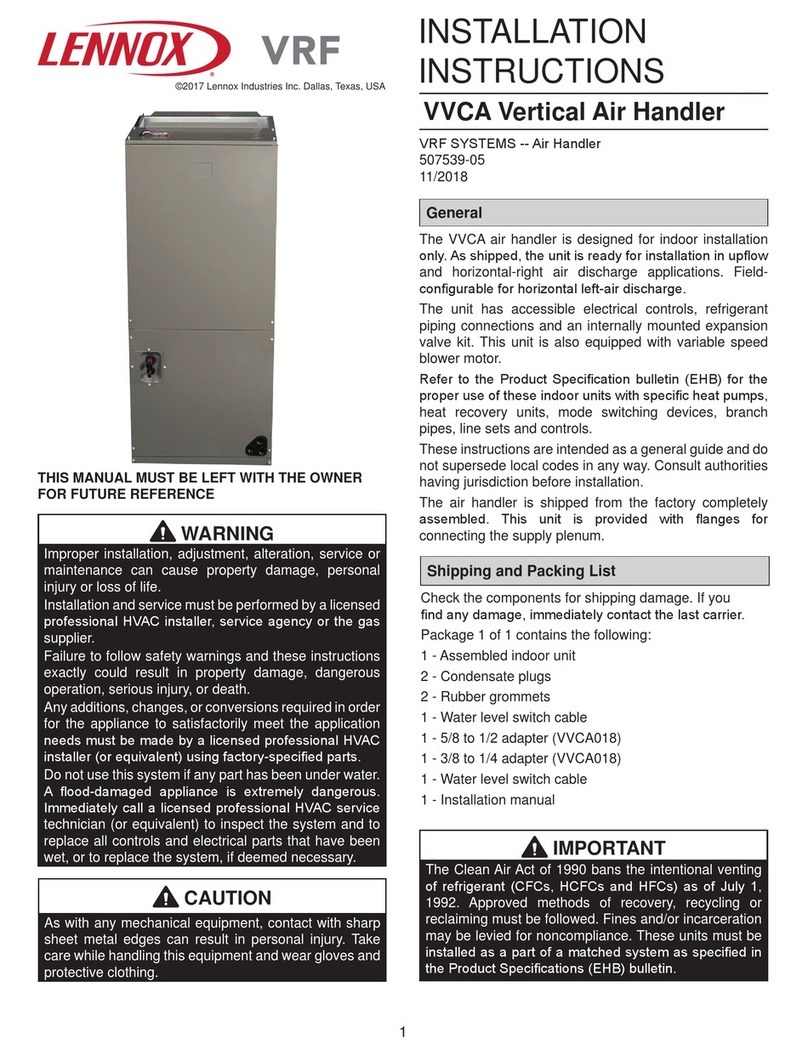
Lennox
Lennox VRF VVCA Series User manual
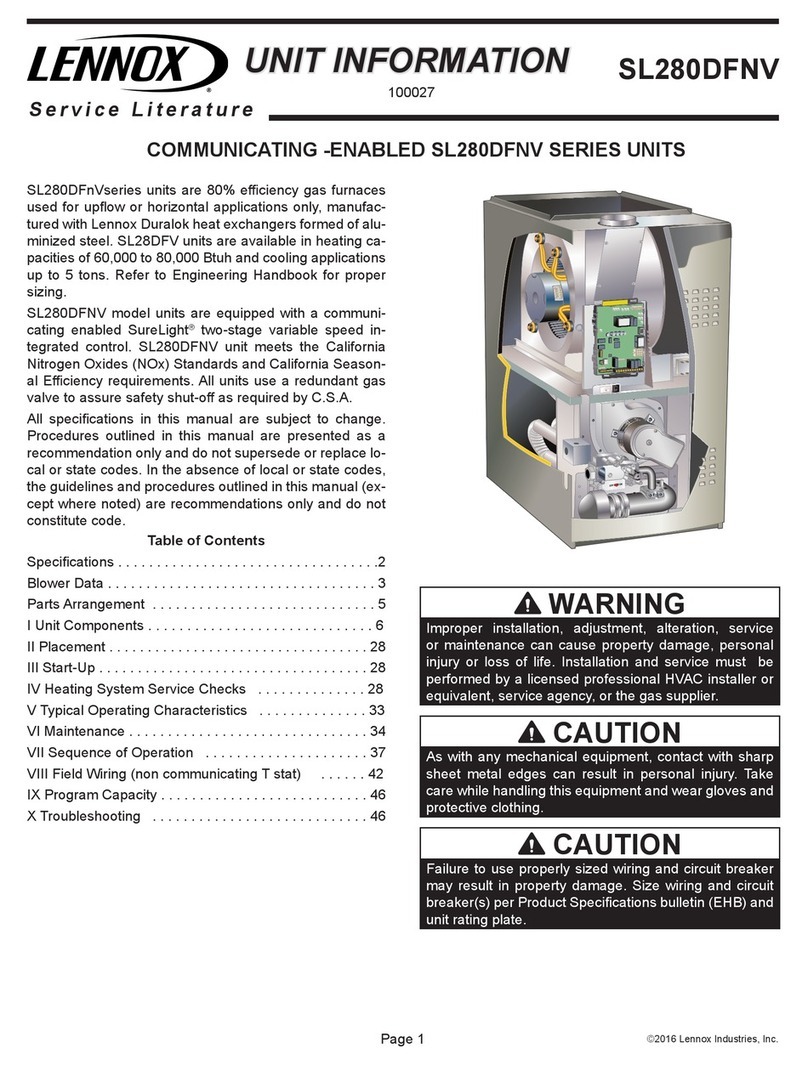
Lennox
Lennox SL280DFNV Series Installation and operation manual

Lennox
Lennox VVCB User manual
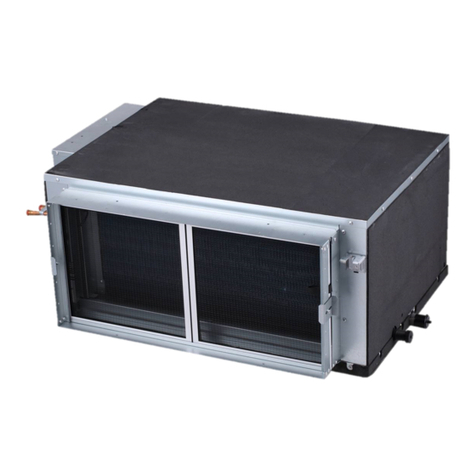
Lennox
Lennox VOSB Series User manual
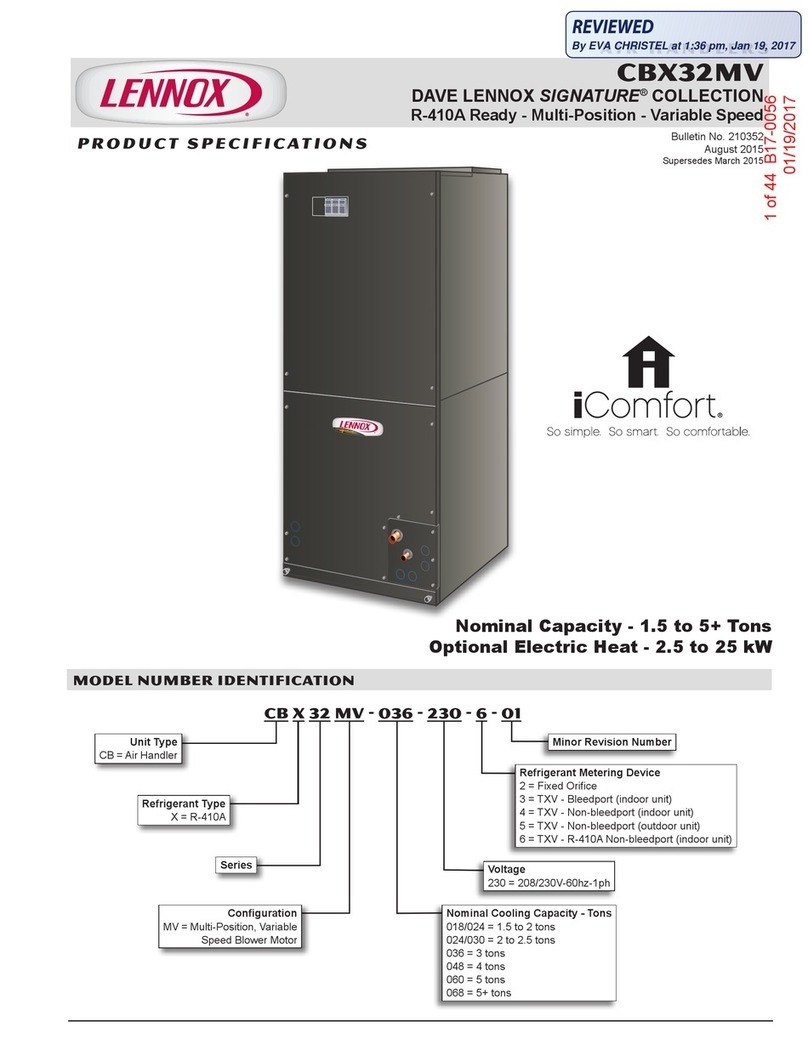
Lennox
Lennox DAVE LENNOX SIGNATURE CBX32MV User manual
Popular Air Handler manuals by other brands
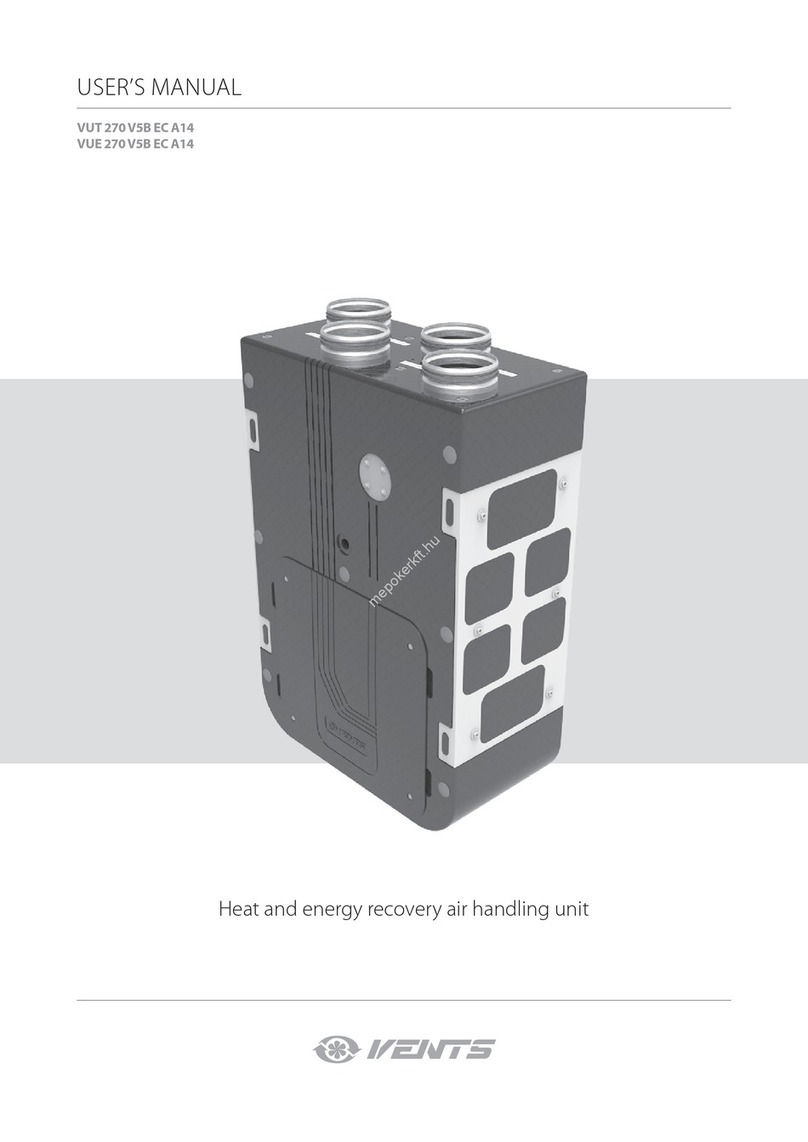
Vents
Vents VUT 270 V5B EC A14 user manual

Armstrong Air
Armstrong Air BCE7S Series installation instructions

Klimor
Klimor EVO-S Operation and maintenance manual

Salda
Salda SMARTY XP MOUNTING AND INSTALLATION INSTRUCTION

BLAUBERG
BLAUBERG KOMFORT Roto EC S400 user manual

Trenton
Trenton TPLP Series installation instructions
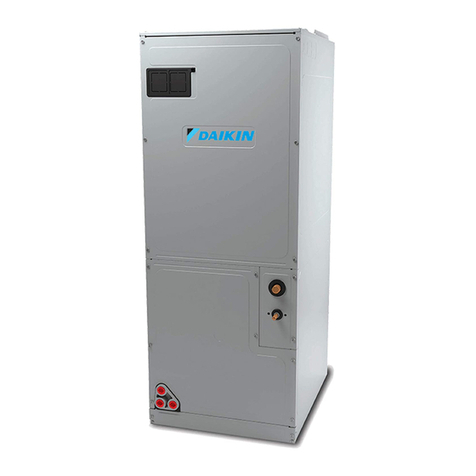
Daikin
Daikin DV PTC 14 Series installation instructions
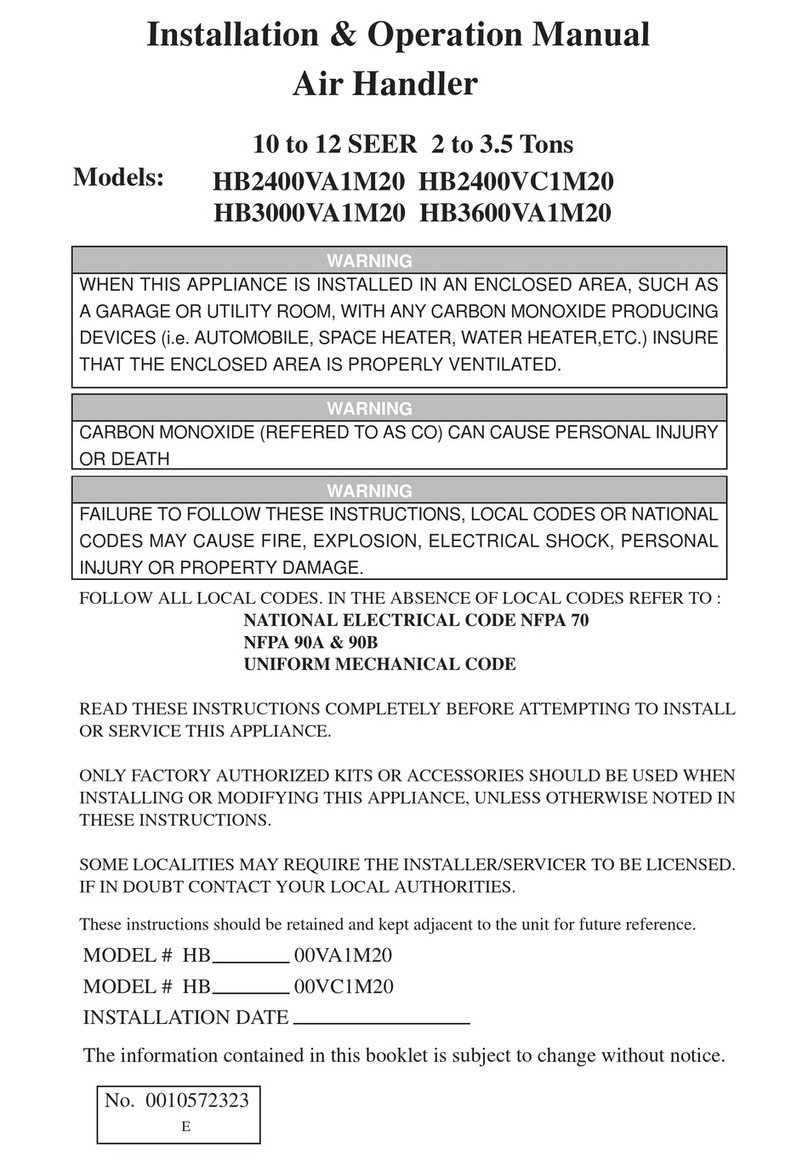
Haier
Haier HB2400VA1M20 Installation & operation manual
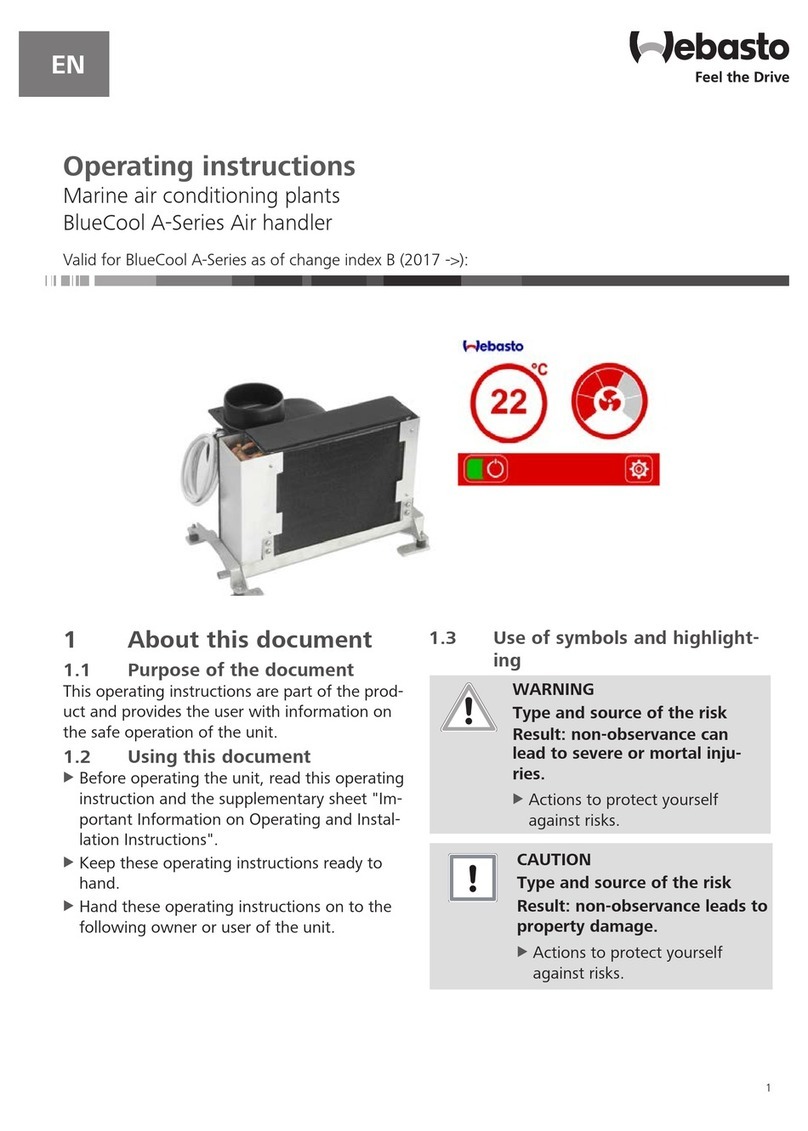
Webasto
Webasto BlueCool A-Series operating instructions
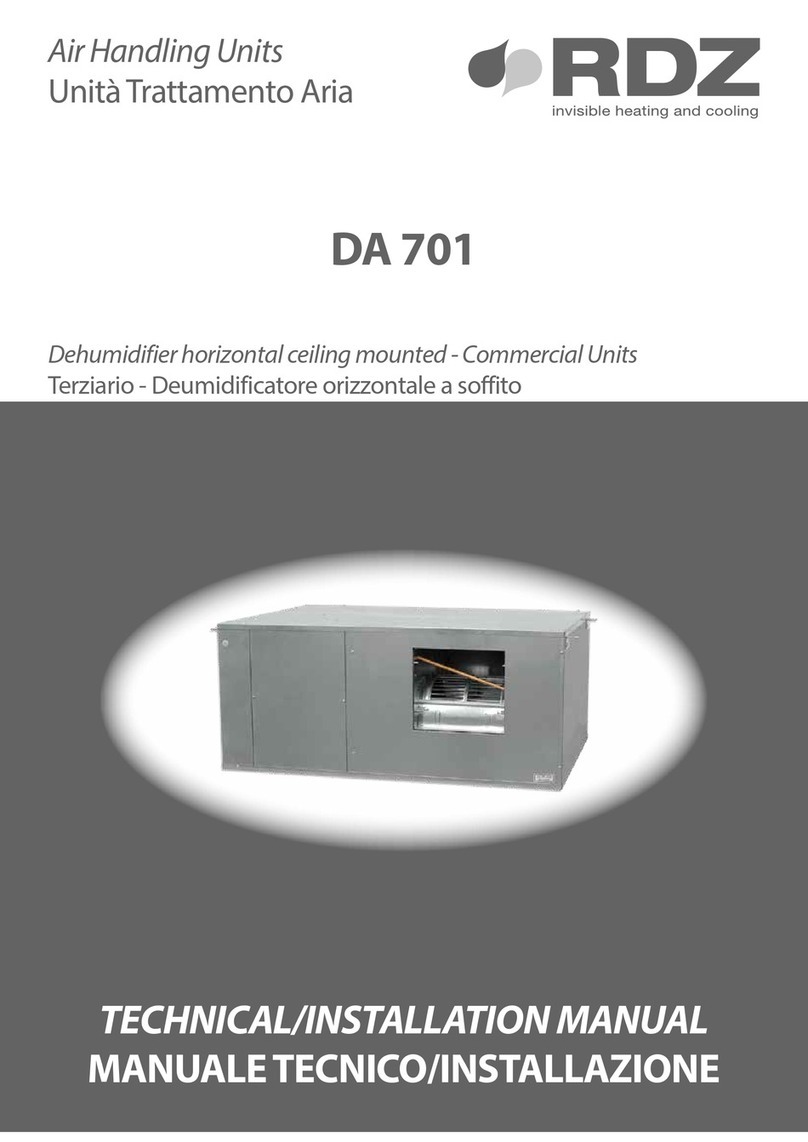
RDZ
RDZ DA 701 Technical installation manual
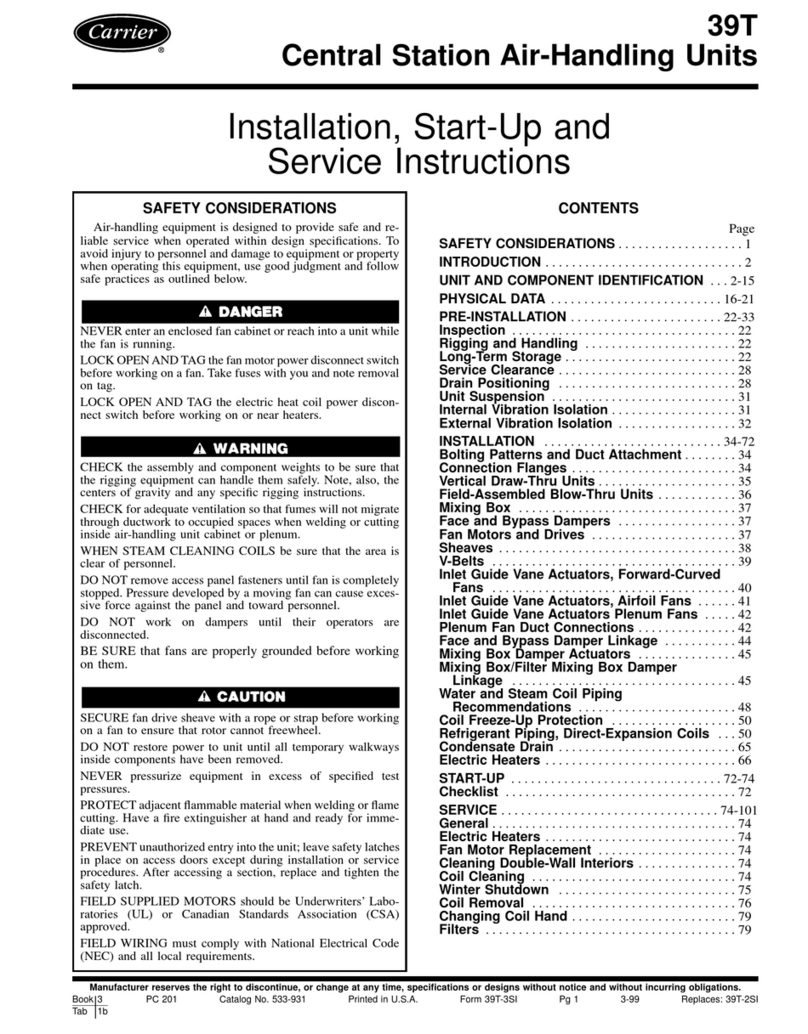
Carrier
Carrier 39T Installation, Start-Up and Service Instructions

Armstrong Air
Armstrong Air BCE5V Series installation instructions
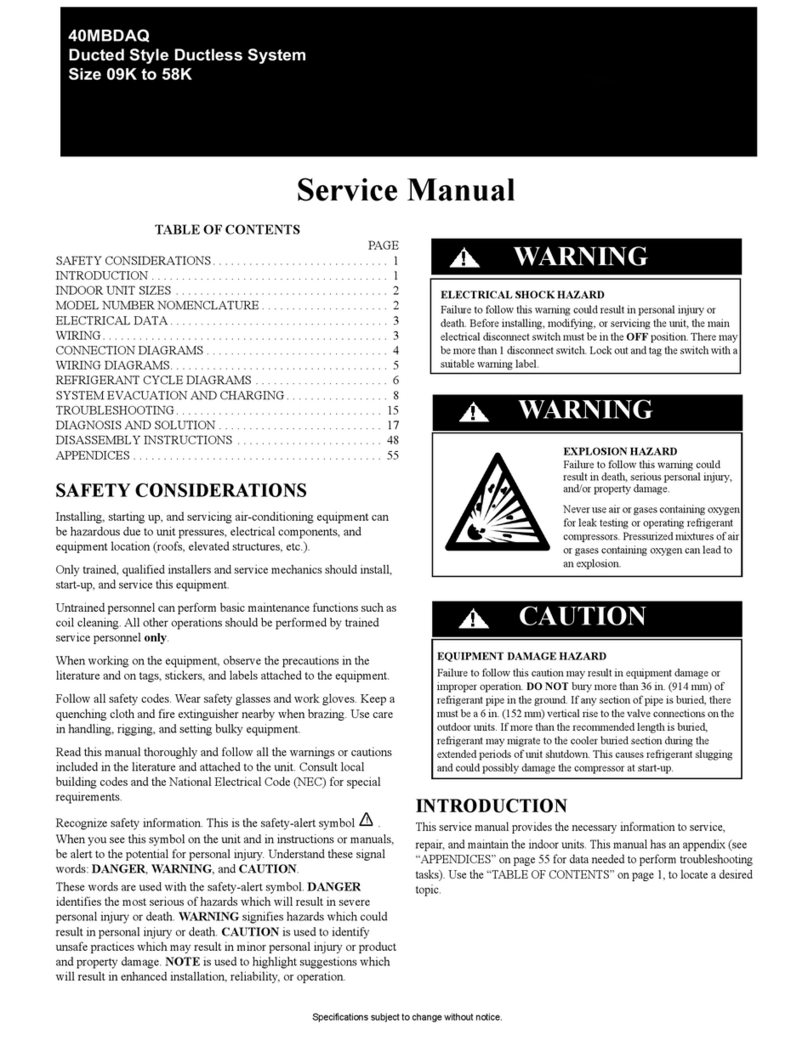
Carrier
Carrier 40MBDAQ Service manual
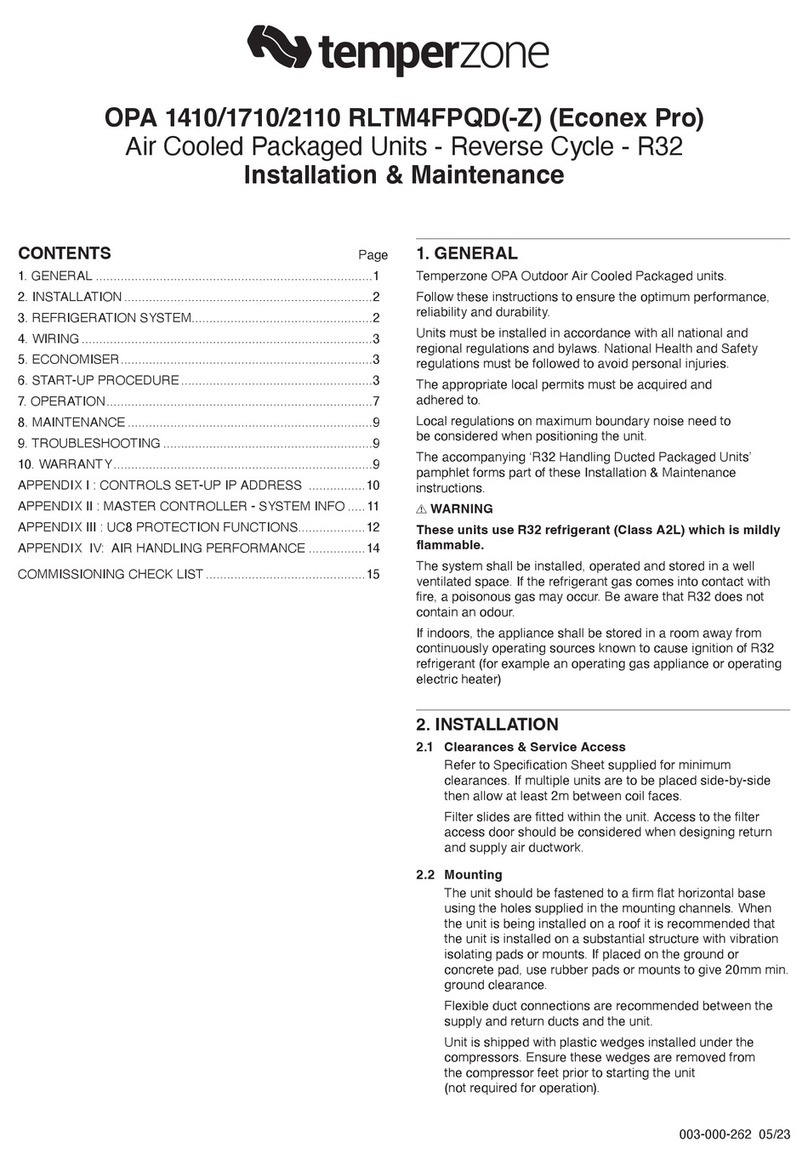
TemperZone
TemperZone Econex Pro OPA 1410RLTM4FPQD Installation & maintenance
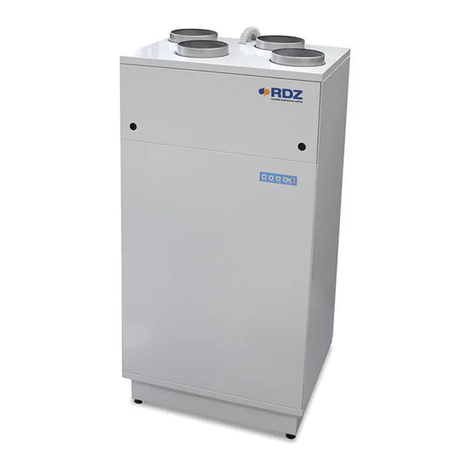
RDZ
RDZ WHR 200 Technical installation manual
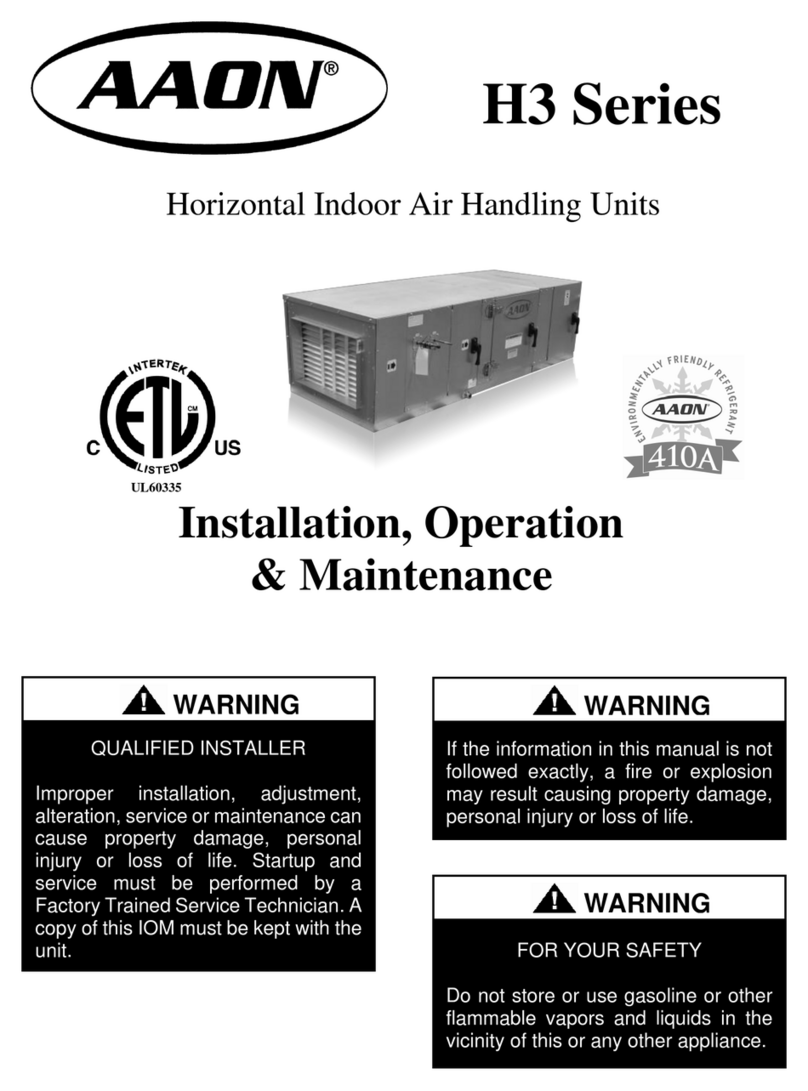
AAON
AAON H3 Series Installation operation & maintenance

Kemper
Kemper CleanAirTower operating manual
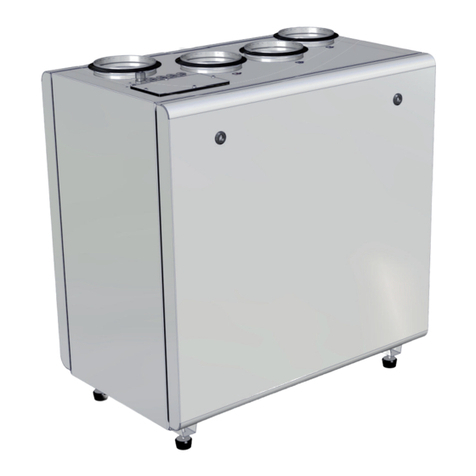
Salda
Salda RIRS 400VE EKO 3.0 Technical manual
